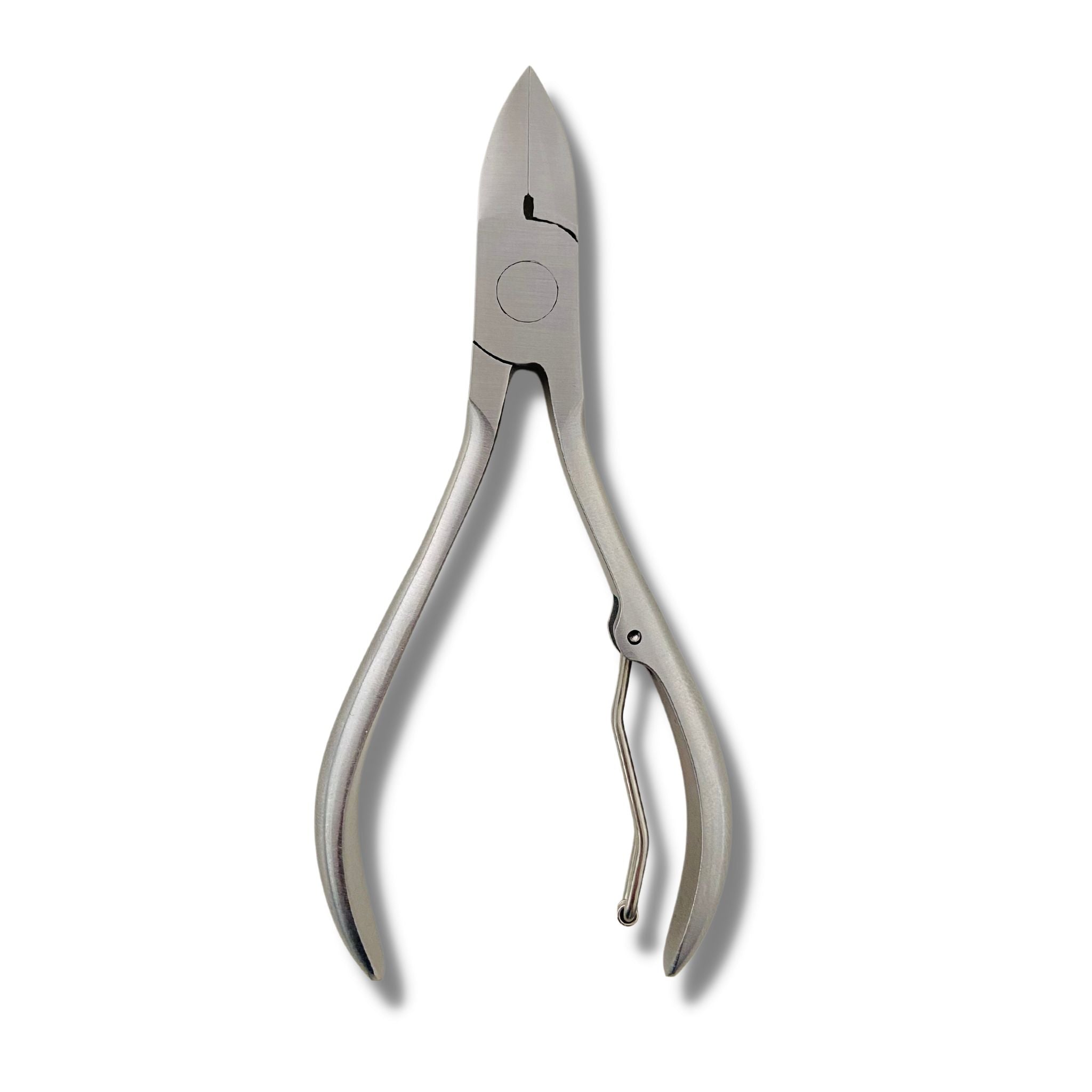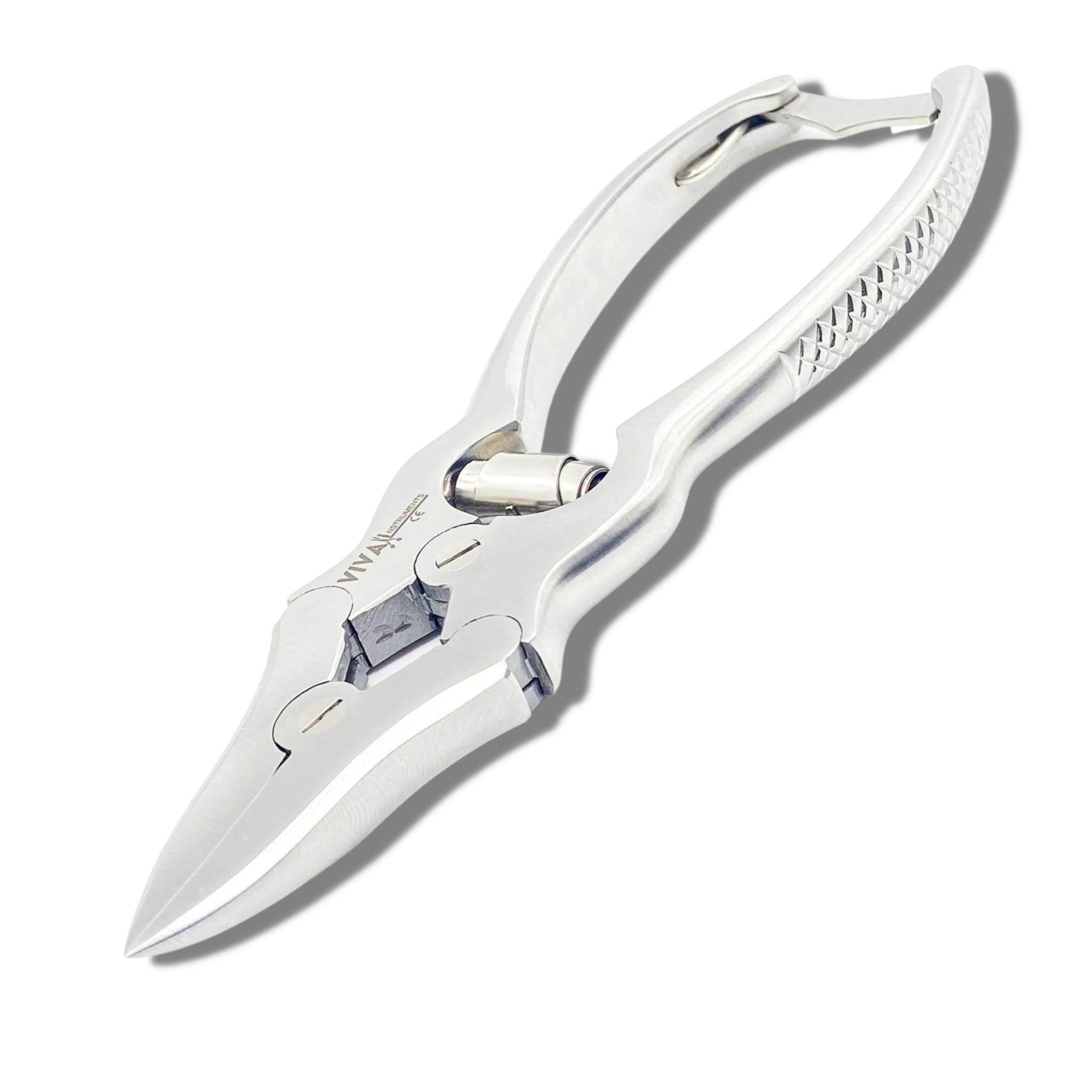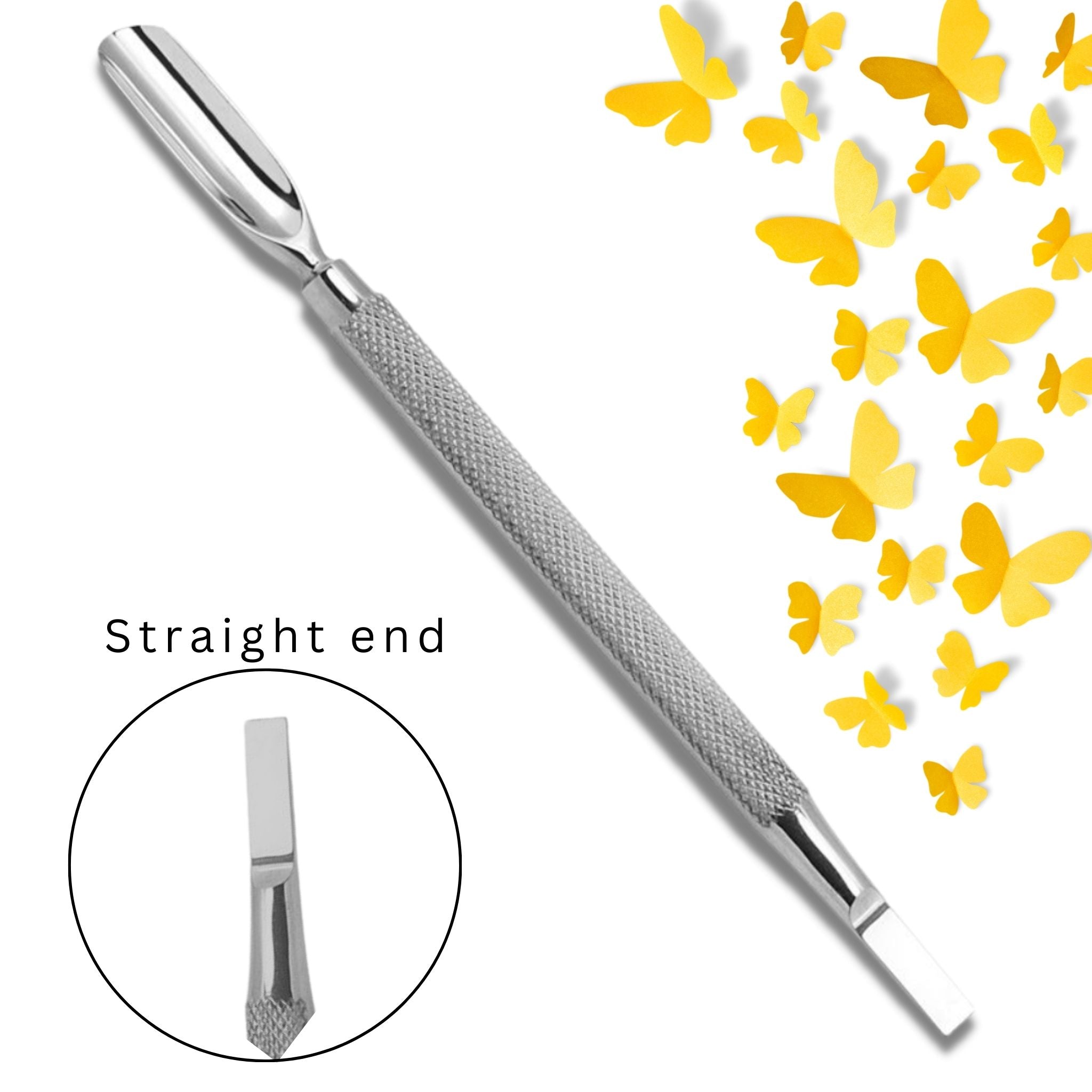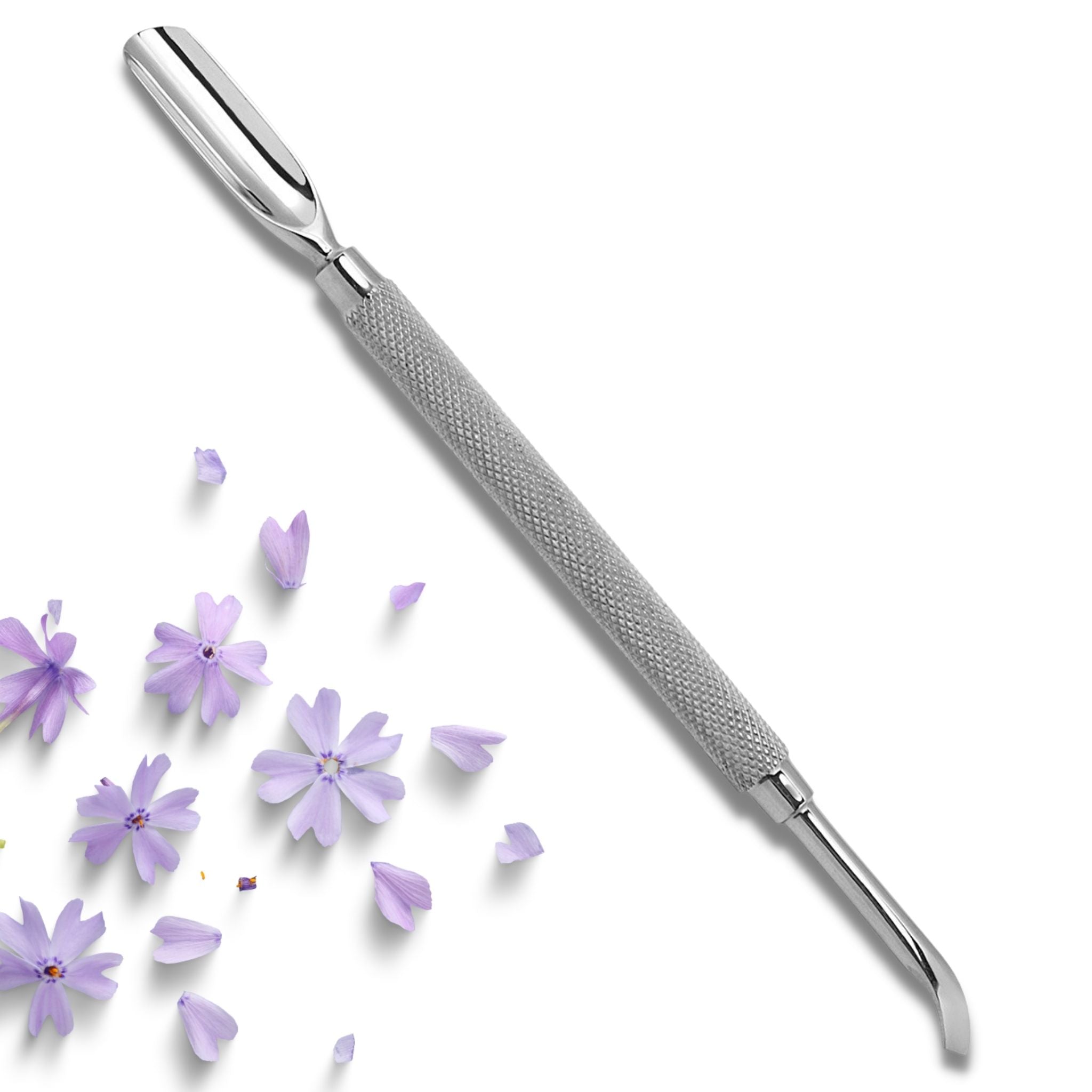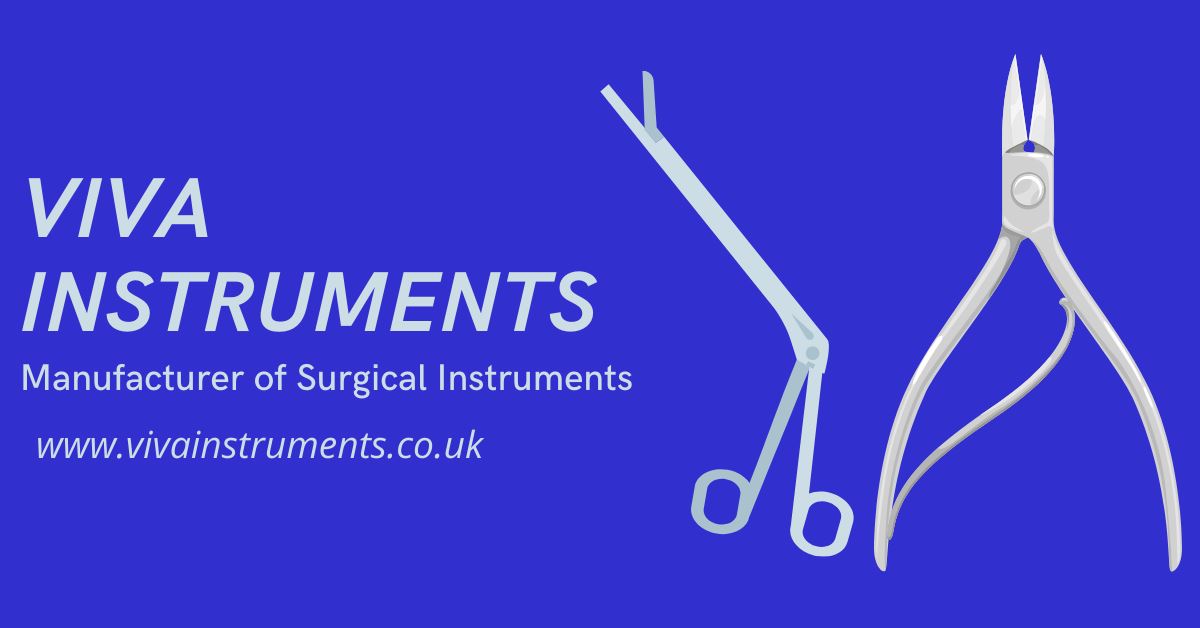
Surgical Instruments
Surgical Instruments
Surgical instruments are specially designed tools and devices to perform a variety of tasks, such as performing the desired effect during surgery or surgery, altering biological tissue, or accessing biological tissue. Some were invented for general use, while others were designed for specific types of surgery. The term "surgical instrumentation" is used somewhat interchangeably with "surgical instruments." There really is no difference between a surgical instrument and a tool for a surgeon.
Computer - controlled endoscopic surgery is widespread, but what came first, the surgical instrumentation or the computer, or more precisely, a computer-controlled instrument?
Studies in the United States have shown that more than half of all contaminated surgical instruments and equipment require special treatment. British surgeons have abandoned the traditional method of using human hands to minimise the risk of transmission of CJD. By connecting a computer to a specially adapted surgical instrument, the surgeon's actions can be performed in real time, enabling actions that cannot be performed by human hands alone.
All team members involved in the care and use of surgical instruments, including the surgeon and his assistant and the team member responsible for the surgical instrument, include the manufacturer of the instrument, the patient, and the hospital medical team.
Although not covered in this article, there are also robotic surgeries, such as the use of robotic surgical instruments. The surgical team may also include the surgeon, his assistant, and the hospital medical team, as well as other team members.
There are a few basic sets that contain the most used instruments, which can be a surgical, robotic or non-robotic instrument. They can be considered miniaturized versions of common surgical instruments such as knives, syringes, or needles. Something simple requires something simpler, such as the use of a needle and thread, or even a single needle or thread.
Depending on the operation, surgical staff can also use other trays containing a laparotomy kit, such as a knife, needle, syringe or needle and thread. There are many types of surgical instruments and they can be used in a variety of ways, from the most basic to the most advanced and advanced.
Grasping and holding a surgical instrument is as simple as smooth surgical forceps or a sharp knife. The tissue unifying surgical instruments used are the homeostatic or surgical instruments. They are a combination of knife, needle, syringe or needle and thread and a needle or thread. Their application is an important part of the surgical procedure as well as an essential part of the operation itself.
Designed for cutting, gripping, retracting, clamping, and sewing, they include a variety of surgical instruments that allow doctors to implant heart rhythm devices. A scalpel, which consists of a handle and a blade, is the most basic of all cutting instruments and stands for the surgical art of the surgeon. Most modern scalpel handles have a locking mechanism, and some have been specially developed for surgical intervention.
Straight, sharp scissors are typically used to cut seams and other ligatures. Regardless of the scissors used, pronation of a neutral hand posture offers greater manoeuvrability in the direction of the instrument. Forceps are non-localizing gripping tools that act as opposing fingers or supported hands to enlarge the instruments in a surgical hand.
Cutting and preparation with tools such as surgical scissors replaces the work of fingernails and teeth. They can also be used for packing and extracting sponges, stabilising, and manipulating needles for seams and other purposes.
Instead of fingers and teeth, staples and seams are now used to hold the edge of the tissue together. Clamps and holders replace the compression of fingernails and the gripping movement of teeth and fingers. Retraction and dilation tools replace finger pulling and opening of cuts and wounds.
A circulation body is responsible for counting instruments, sponges, and tips with a scrub person. A sponge can also be used to pack and extract seams, as well as a needle to stabilise and manipulate the seam.
The circulator supports the surgical team in performing functions that do not require sterile techniques, only aseptic techniques. During the procedure, the circuits position the patient and help with the positioning and positioning of the surgeon as well as the support of the surgeons during the procedure.
Training in the use and care of surgical instruments can range from vocational training for orderly assistants to the medical training required of doctors. When surgeons discover anaesthesia or asepsis, they could go to the innermost parts of the body and enjoy their behaviour and get back to work
Surgical instruments are specially designed tools and devices to perform a variety of tasks, such as performing the desired effect during surgery or surgery, altering biological tissue, or accessing biological tissue. Some were invented for general use, while others were designed for specific types of surgery. The term "surgical instrumentation" is used somewhat interchangeably with "surgical instruments." There really is no difference between a surgical instrument and a tool for a surgeon.
Computer - controlled endoscopic surgery is widespread, but what came first, the surgical instrumentation or the computer, or more precisely, a computer-controlled instrument?
Studies in the United States have shown that more than half of all contaminated surgical instruments and equipment require special treatment. British surgeons have abandoned the traditional method of using human hands to minimise the risk of transmission of CJD. By connecting a computer to a specially adapted surgical instrument, the surgeon's actions can be performed in real time, enabling actions that cannot be performed by human hands alone.
All team members involved in the care and use of surgical instruments, including the surgeon and his assistant and the team member responsible for the surgical instrument, include the manufacturer of the instrument, the patient, and the hospital medical team.
Although not covered in this article, there are also robotic surgeries, such as the use of robotic surgical instruments. The surgical team may also include the surgeon, his assistant, and the hospital medical team, as well as other team members.
There are a few basic sets that contain the most used instruments, which can be a surgical, robotic or non-robotic instrument. They can be considered miniaturized versions of common surgical instruments such as knives, syringes, or needles. Something simple requires something simpler, such as the use of a needle and thread, or even a single needle or thread.
Depending on the operation, surgical staff can also use other trays containing a laparotomy kit, such as a knife, needle, syringe or needle and thread. There are many types of surgical instruments and they can be used in a variety of ways, from the most basic to the most advanced and advanced.
Grasping and holding a surgical instrument is as simple as smooth surgical forceps or a sharp knife. The tissue unifying surgical instruments used are the homeostatic or surgical instruments. They are a combination of knife, needle, syringe or needle and thread and a needle or thread. Their application is an important part of the surgical procedure as well as an essential part of the operation itself.
Designed for cutting, gripping, retracting, clamping, and sewing, they include a variety of surgical instruments that allow doctors to implant heart rhythm devices. A scalpel, which consists of a handle and a blade, is the most basic of all cutting instruments and stands for the surgical art of the surgeon. Most modern scalpel handles have a locking mechanism, and some have been specially developed for surgical intervention.
Straight, sharp scissors are typically used to cut seams and other ligatures. Regardless of the scissors used, pronation of a neutral hand posture offers greater manoeuvrability in the direction of the instrument. Forceps are non-localizing gripping tools that act as opposing fingers or supported hands to enlarge the instruments in a surgical hand.
Cutting and preparation with tools such as surgical scissors replaces the work of fingernails and teeth. They can also be used for packing and extracting sponges, stabilising, and manipulating needles for seams and other purposes.
Instead of fingers and teeth, staples and seams are now used to hold the edge of the tissue together. Clamps and holders replace the compression of fingernails and the gripping movement of teeth and fingers. Retraction and dilation tools replace finger pulling and opening of cuts and wounds.
A circulation body is responsible for counting instruments, sponges, and tips with a scrub person. A sponge can also be used to pack and extract seams, as well as a needle to stabilise and manipulate the seam.
The circulator supports the surgical team in performing functions that do not require sterile techniques, only aseptic techniques. During the procedure, the circuits position the patient and help with the positioning and positioning of the surgeon as well as the support of the surgeons during the procedure.
Training in the use and care of surgical instruments can range from vocational training for orderly assistants to the medical training required of doctors. When surgeons discover anaesthesia or asepsis, they could go to the innermost parts of the body and enjoy their behaviour and get back to work
- Choosing a selection results in a full page refresh.





